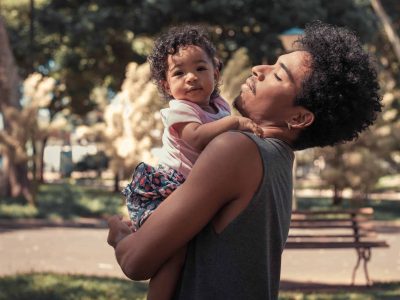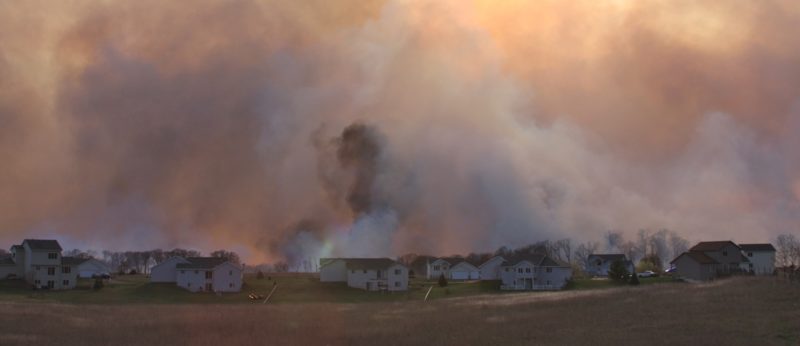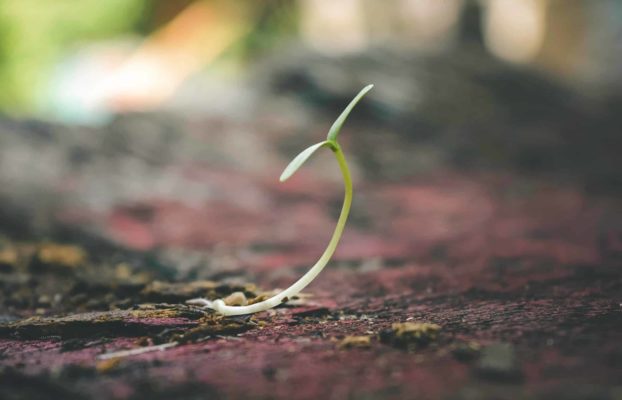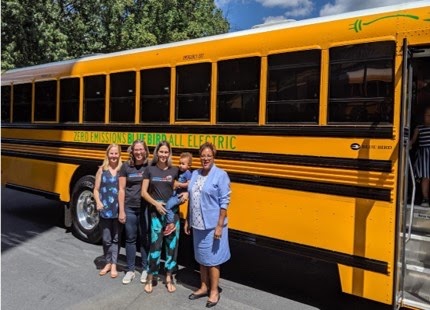PREVENTION INSTITUTE, IN COLLABORATION WITH THE UCLA FIELDING SCHOOL OF PUBLIC HEALTH’S DEPARTMENT OF ENVIRONMENTAL HEALTH SCIENCES and the Powering Healthy Lives through Parks Community Advisory Board, has published new research about the relationship between parks and life expectancy and an advocacy toolkit that community-based organizations can use to push for park equity.
Urban parks and green spaces support public health by providing opportunities for physical activity, time in nature, social connection, and respite. During the COVID-19 pandemic, they have played a crucial role in reducing stress and helping fend off depression. Parks also filter air, remove pollution, cool temperatures, and filter stormwater. But access to parks and green space is very unequal across lines of race and class. For generations, park inequities have unfairly and unjustly affected low-income communities of color. In LA County, more than 50% of residents live in neighborhoods that rank as “high park need” or “very high park need.”
To understand the health impacts of increasing park acreage in areas of LA County that face park deficits and low levels of tree canopy, Prevention Institute partnered with UCLA’s Department of Environment Health Sciences to study census tract-level data made available recently through the United States Small-Area Life Expectancy Project (USALEEP).
Key findings:
- Increasing park acreage in areas of LA County that face park deficits and low levels of tree canopy has the potential to considerably increase life expectancy in those areas.
- If all the census tracts in LA County with park deficits and low tree canopy levels had an increase in park acreage up to the county’s median level, those census tracts could see a gain of approximately 164,700 years in life expectancy across the population.
- Targeted investments in park infrastructure would significantly benefit the health of Latino and Black residents. Calculating gains specifically for these two groups, targeted investments would result in an increase of almost 118,000 years of life expectancy.
This work was supported by the Urban Institute through funds provided by the Robert Wood Johnson Foundation. It was guided by an advisory board that includes the Center for Health Equity at the Los Angeles County Department of Public Health and seven local base-building organizations: Community Coalition, Esperanza Community Housing Corporation, Long Beach Forward, National Health Foundation, Social Justice Learning Institute, Pacoima Beautiful, and Promesa Boyle Heights.
For more detailed information, and to check out the Advocacy Toolkit for Park Equity, Life Expectancy, and Power Building, click here.







